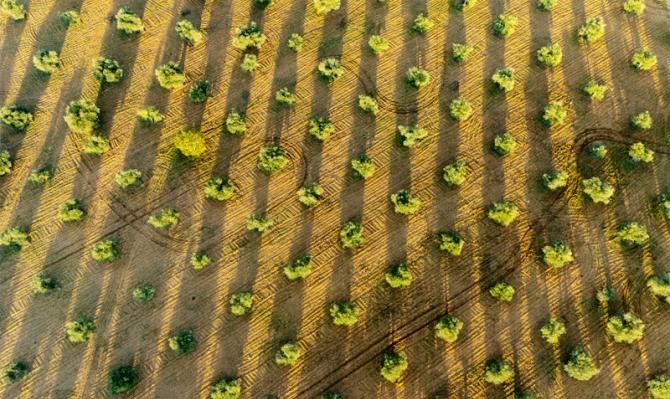Spain’s agrifood sector enjoys a revival. Executive summary

-
The Spanish agrifood sector is beginning to recover from the major shocks that have held back its output over the last couple of years. The incipient improvement in the prolonged drought that has affected much of the Spanish countryside and a slight moderation in production costs are translating into more encouraging estimates for the 2024-2025 campaign. At the product level, the recovery of winter cereals has been particularly strong (production is estimated to be slightly above the average of the last five seasons), as has that of olive oil, the production of which fell by 58.6% in 2023, causing the price to soar. The good expectations for the upcoming olive oil campaign are already beginning to be felt, with a moderation in sale prices both at oil mills and for the final consumer.
-
However, the production of some crops continues to be weighed down by the adverse conditions, given that 12.2% of the country remains in a state of prolonged drought. Furthermore, while production costs have fallen significantly from the peak reached following the outbreak of the war in Ukraine, they have consolidated well above pre-pandemic levels. Beyond these economic factors, the sector’s future is also dependant on it successfully addressing the many challenges it faces (labour shortage, climate change, adapting to new regulatory requirements, etc.), which are limiting its growth capacity in a more structural manner.
-
Despite this still adverse context, Spain remains a major power in the export of agrifood products. Globally, Spain stands eighth in the ranking of countries exporting agricultural products, with a share of 3.2% of the global export market. Within the EU, it is the fourth largest exporting economy in terms of value, behind the Netherlands, Germany and France.
-
The improvement in agricultural output in the first half of 2024 has allowed the country's agrifood exports to grow again in volume terms (3% year-on-year), following two consecutive years of setbacks. In terms of value, the growth rates are higher (5.9% in the first half of 2024) due to the rise in the prices of most agrifood products in the international markets. In the second article of this report, we analyse the recent pattern of agrifood exports by product category and destination, as well as analysing how the increasing diversification of these destinations makes the sector more resilient to potential shocks.
- In the final article of this report, we focus on the sharp upturn in food prices in Spain, having recorded cumulative inflation of 30.7% since December 2019, almost 13 points above the CPI average. Given their significant relative weight in both the basket of household consumer expenditure and the agrifood sector, we analyse the reasons behind these significant price hikes, the products that have been most affected and the change in the composition of household expenditure. Looking ahead to the coming quarters, we expect that the decline in agricultural and energy commodity prices in the international markets will help to contain agricultural production costs and thus further ease the inflationary pressures on food.
